CREtech 2023 Day 2: Sustainability Governs All
Pursuing this goal is no longer an elective business decision but a requirement.
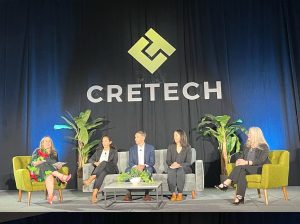
L to R: Lauren Pesa, Partner, US Real Estate Sustainability and Climate & Equity Leader at Deloitte; Lauren Moss, Chief Sustainability Officer at Vornado Realty Trust; Michael Daschle, Senior Vice President of Sustainability at Brookfield Properties; Sydney Mainster, Vice President of Sustainability at The Durst Organization; Suzanne Fallender, Vice President of Global ESG at Prologis. Image by Gabriel Frank for CPE
The second day of CREtech New York 2023, hosted at the midpoint of Climate Week NYC, saw extensive discussions on the many forms of sustainable operations across commercial real estate, and how technology can facilitate them. From achieving net-zero goals to effective management of a building’s heat pumps, commitments to the climate stole the show.
Carbon copies
In one of the event’s flagship panels, titled the State of Sustainability in the Built World, executives from many top commercial real estate companies discussed their firms’ approaches to achieving net zero emissions within the next two decades, and how such decisions factor into their uses of technology. In one approach discussed by Lauren Moss, chief sustainability officer at Vornado Realty Trust, the firm balances environmental commitments with efficient business practices.
In practice, this translates to the monitoring of a building’s energy consumption at the level of individual tenants. “We have a lot of data at our fingertips to understand how our buildings are performing, how individual tenants are performing, and how those can work to achieving our goals,” Moss said. This strategy views sustainability commitments as not only an ethical imperative, but a reducer of operational costs.
In practice, this translates to the firm sub-metering all of its tenants, giving them a bill at the end of each month that grades their energy efficiency. “Until you show them how much money they are losing, it doesn’t become real,” Moss said.
READ ALSO: As Climate’s Impact on CRE Escalates, How Can Risk Be Managed?
Here, one of the biggest drivers of cost inflation, as well as energy inefficiencies are boiler systems that operate longer and more intensely than they should. Jeffrey Carleton, co-founder & CEO of Runwise, discussed this issue in the context of New York City’s Local Law 97, which will require most buildings over 25,000 square feet to meet specific emissions standards by 2024. “We are in a new era of energy compliance, and filing paperwork is not getting it done anymore,” Carleton explained. “Boiling, fossil fuels, heating, it’s a thing that nobody knows all that much about and nobody wants to,” he added.
In turn, Carleton sees monitoring technologies, namely those that are capable of optimizing a boiler’s energy consumption as the key to achieving such goals. “We believe that technology can run things more efficiently than manual dials and processes on site,” Carleton concluded.
In an approach that was similar in principle yet different by asset class, Suzanne Fallender, vice president of Global ESG at Prologis discussed data analytics-focused investments as the key to achieving a goal of net zero emissions by 2040. Of particular concern were Scope 3 emissions, identified by the U.S. Environmental Protection Agency as resulting from assets not actively in control of an owner. Consequently, the company, in a similar fashion to Vornado, has taken to using data to interface with tenants in order to determine the best course of action. “We need to make the data part of the decision making, and to help customers make those decisions and know where to go first,” Fallender said.
Outside of the digital, other sustainability commitments involved taking a look at how material considerations and construction processes that involve embodied carbon factor into a sustainable built environment. The Durst Organization has looked at its fabrication process at the chemical level, undertaking a significant effort to make it carbon-minimal. For construction with concrete, a process that involves a great deal of carbon emissions and waste, measurement can sometimes depend on the time of day that it takes place. “It’s bespoke,” explained Sydney Mainster, the firm’s vice president of Sustainability. “You have it in every project that you do, and you need to know exactly what is going into that mix.”
To make such a process as environmentally friendly as possible, the company has included glass, “a waste stream that normally goes to a landfill,” in its cement mixture. “We use it in (our) foundations, as well as five stories of superstructure,” Mainster added.
The public sector pitches in
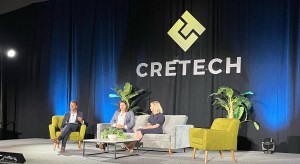
Left to right: Mark Norman, Associate Dean at the NYU Schack Institute of Real Estate; Nina Albert, Commissioner of the U.S. Public Buildings Service; Alexis Pelosi, Senior Advisor for Climate, U.S. Department of Housing and Urban Development. Image by Gabriel Frank for CPE
At the heels of a discussion involving some of the nation’s most prestigious developers and operators of commercial space, a subsequent panel involved a conversation between the U.S. General Services Administration and the U.S. Department of Housing and Urban Development. Moderated by Marc Norman, Associate Dean at the NYU Schack Institute of Real Estate, the panel leaned heavily on how the two departments are working with the private sector to address commitments to sustainability. From developing a proprietary employee communications platform to exclusively investing in all-electric buildings, the commitments represent the agencies’ gradual evolution to their own governing infrastructure body. “It’s a little nascent to think about us as being a virtual utility company,” reflected Nina Albert, Commissioner of the U.S. Public Buildings Service at the GSA.
Still, Albert identified energy storage as a key focus for the organization. “We are still hungry to consume everything that we produce, and we cannot put it back into the grid because of the local regulatory environment.”

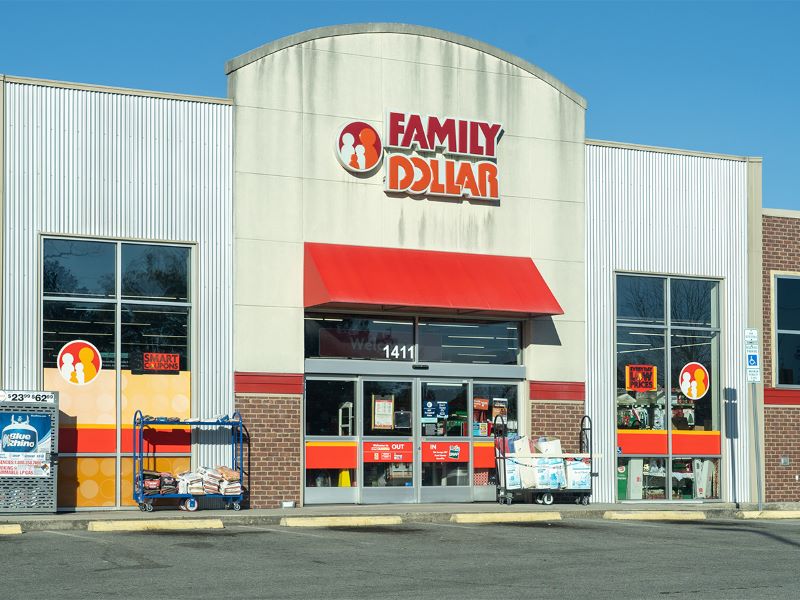
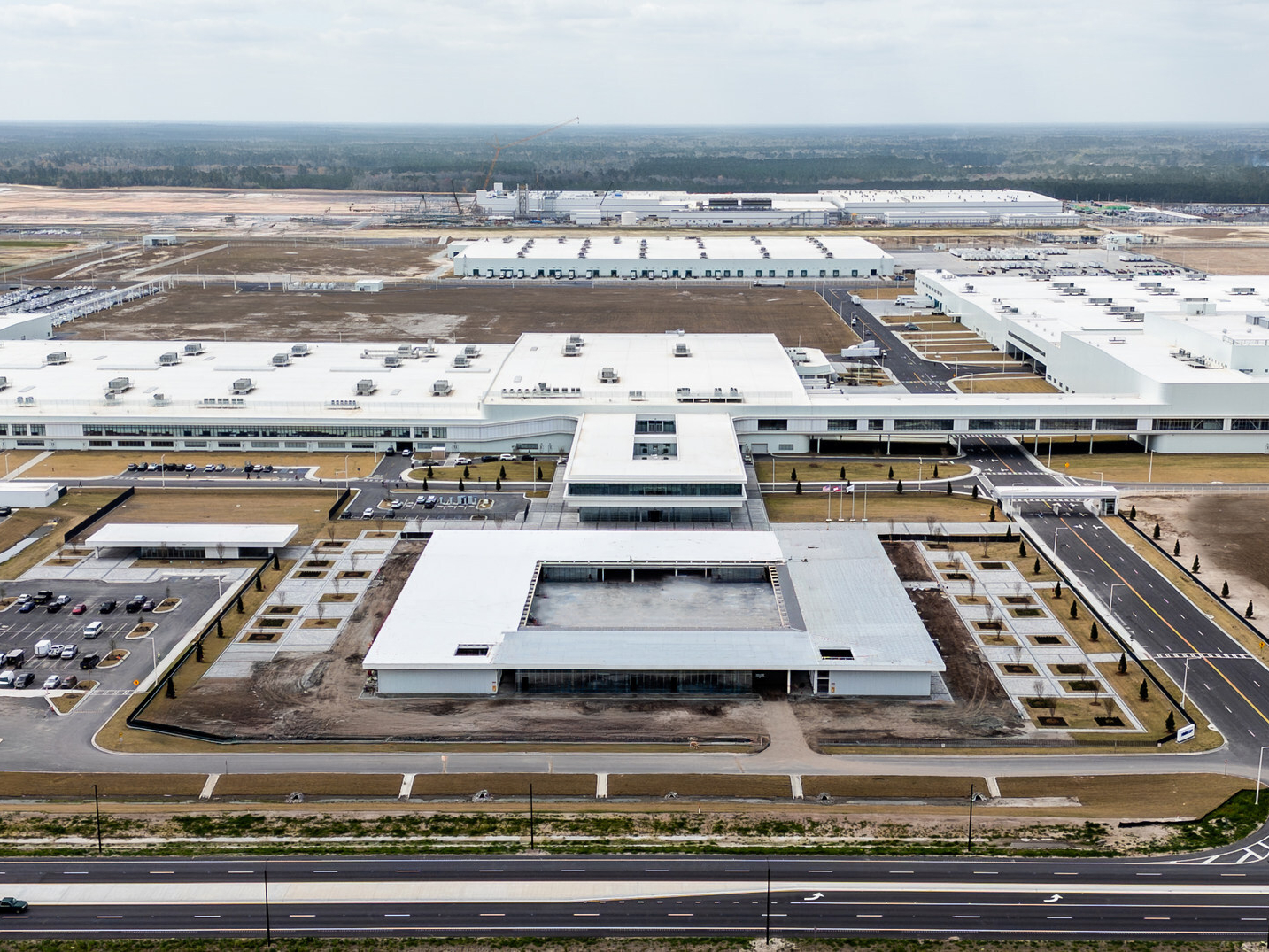
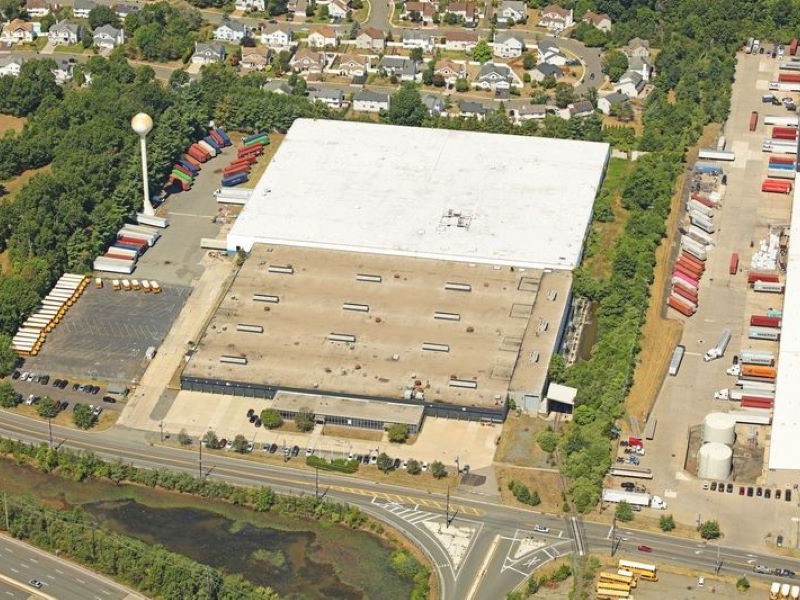

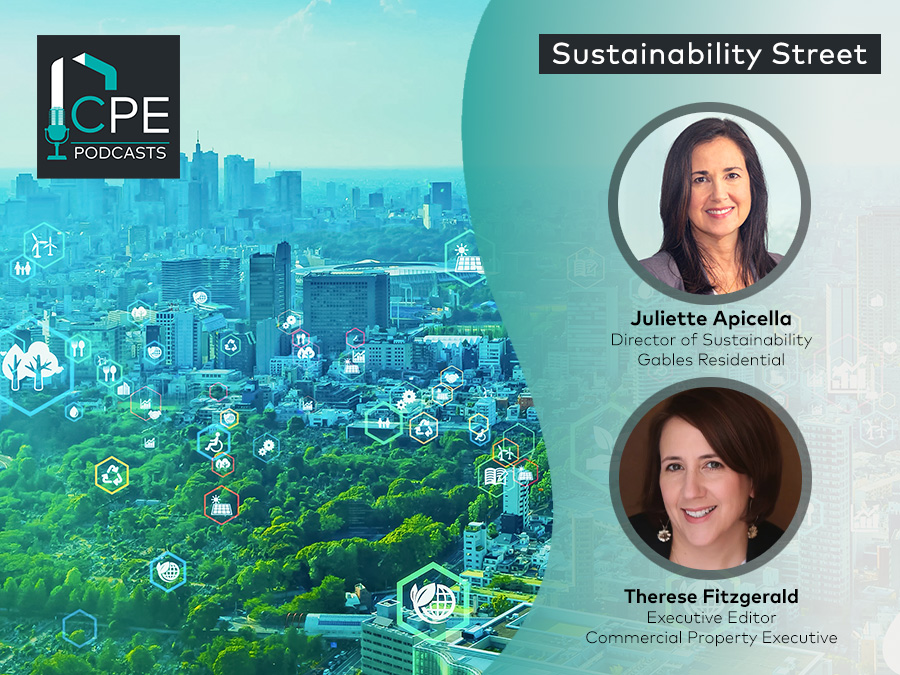
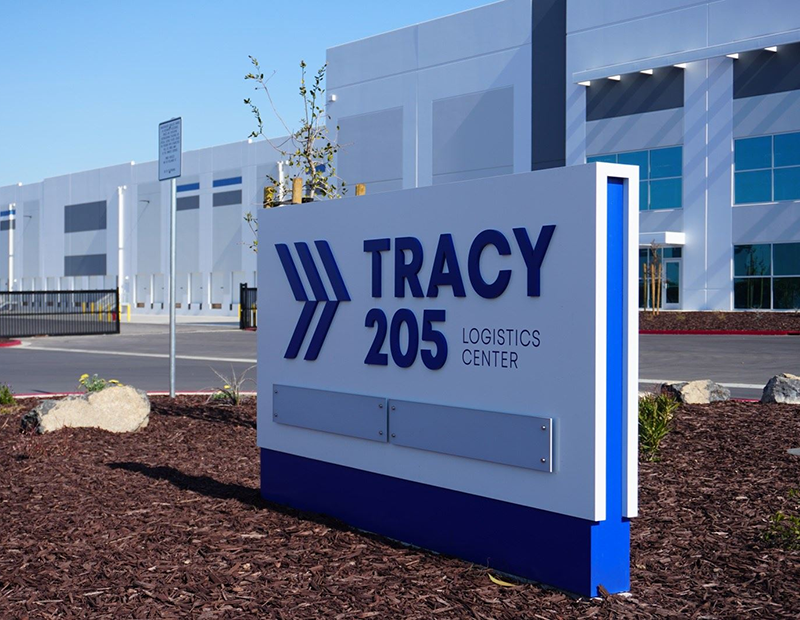
You must be logged in to post a comment.